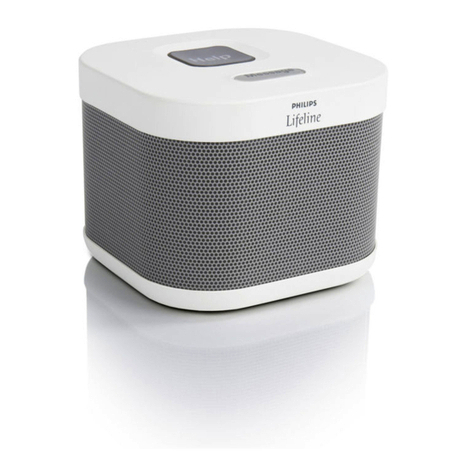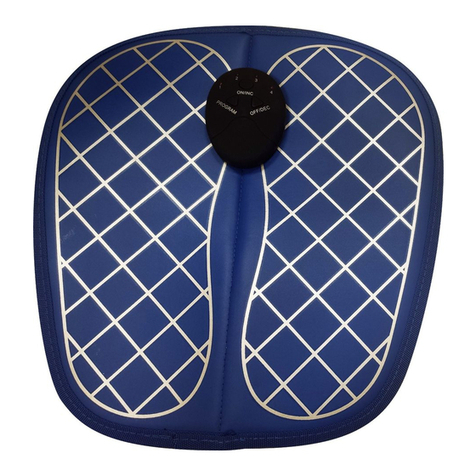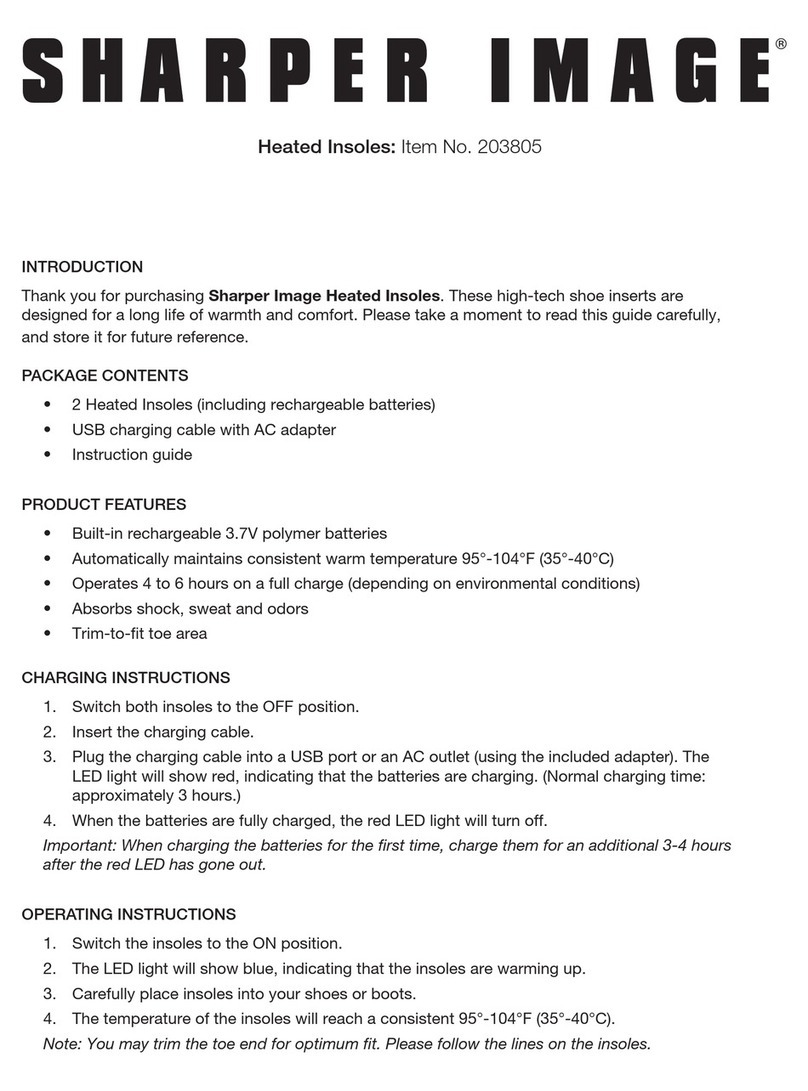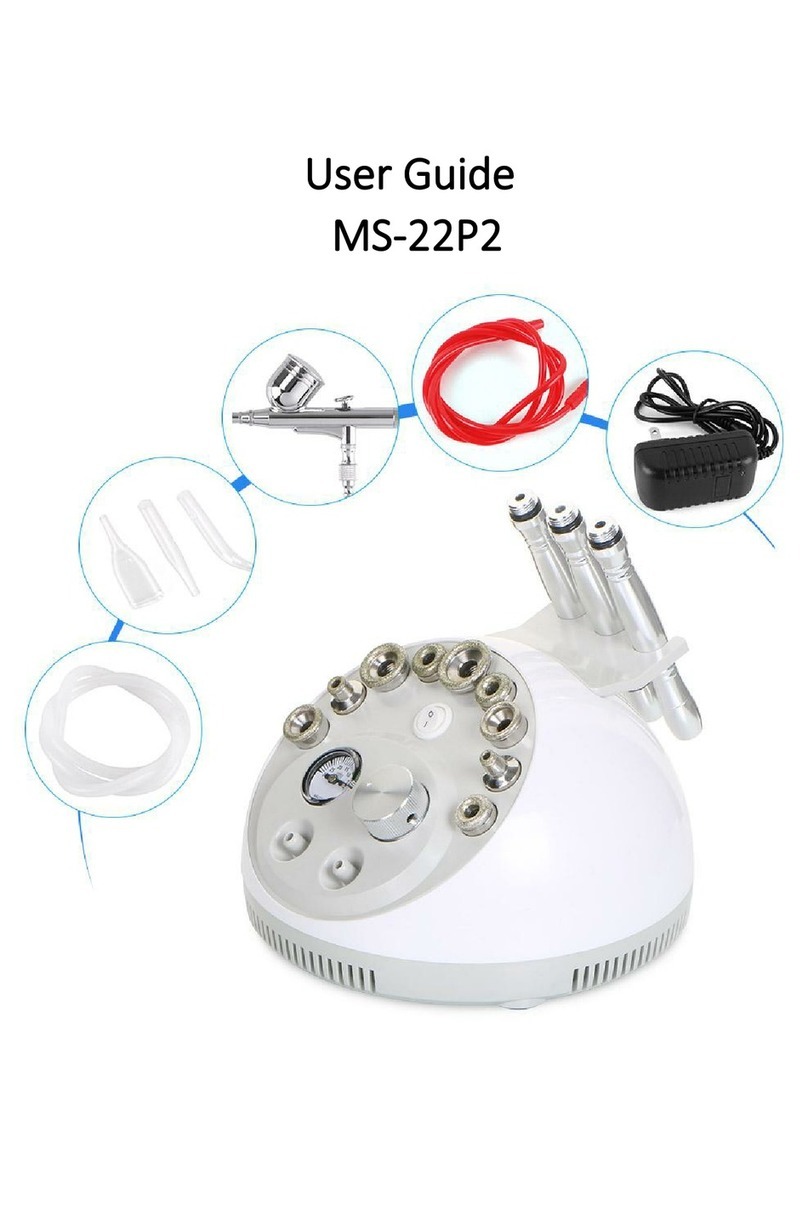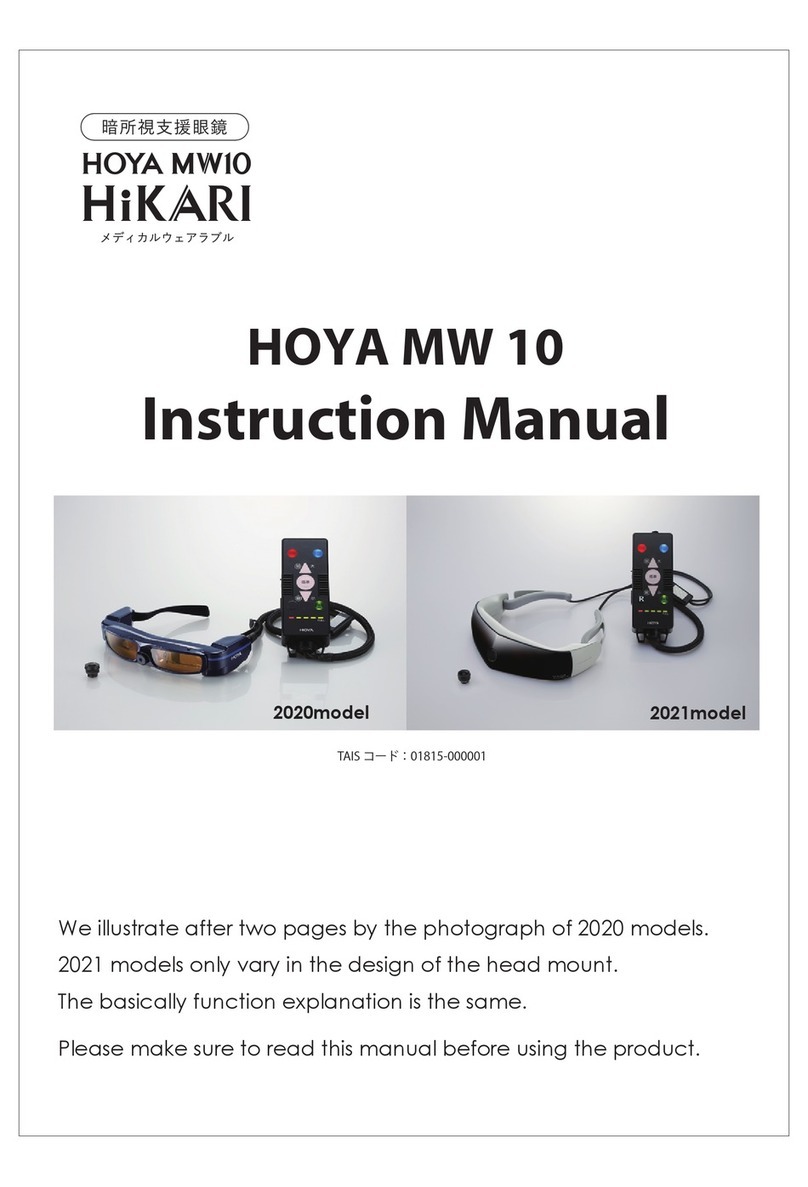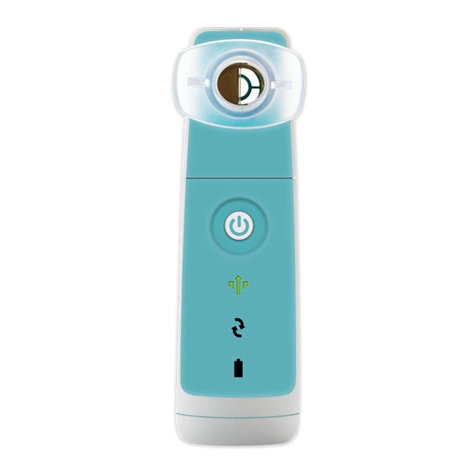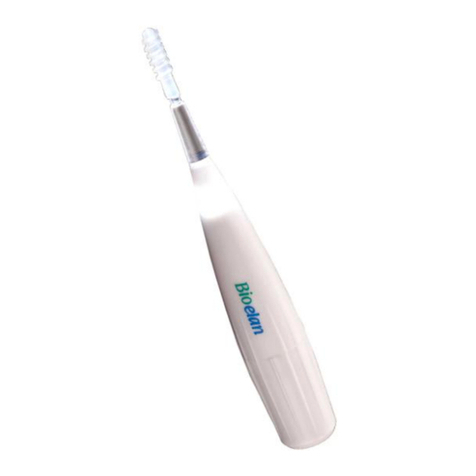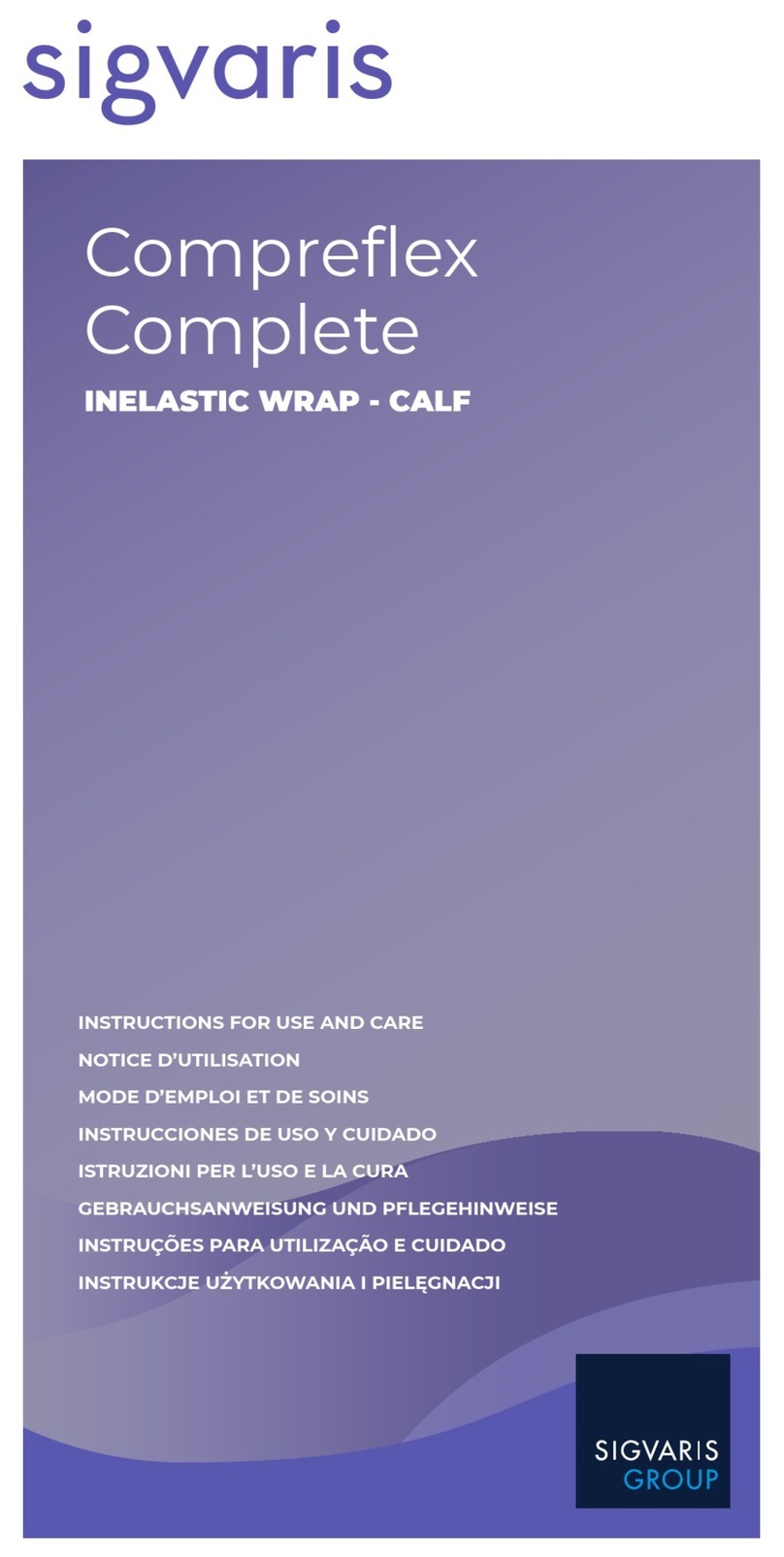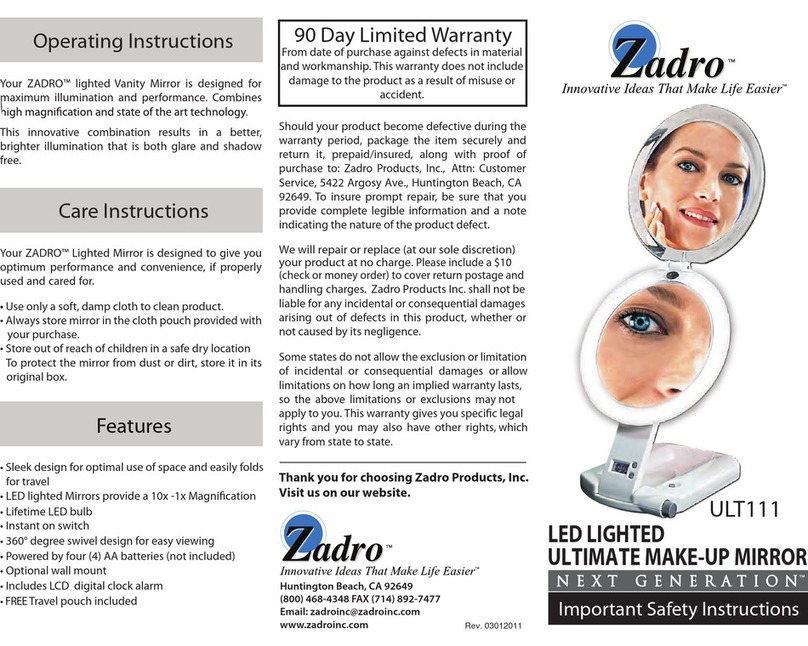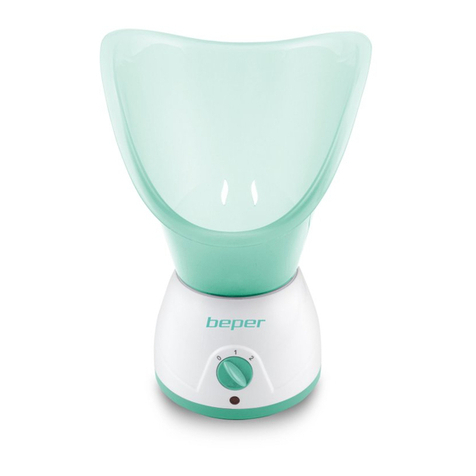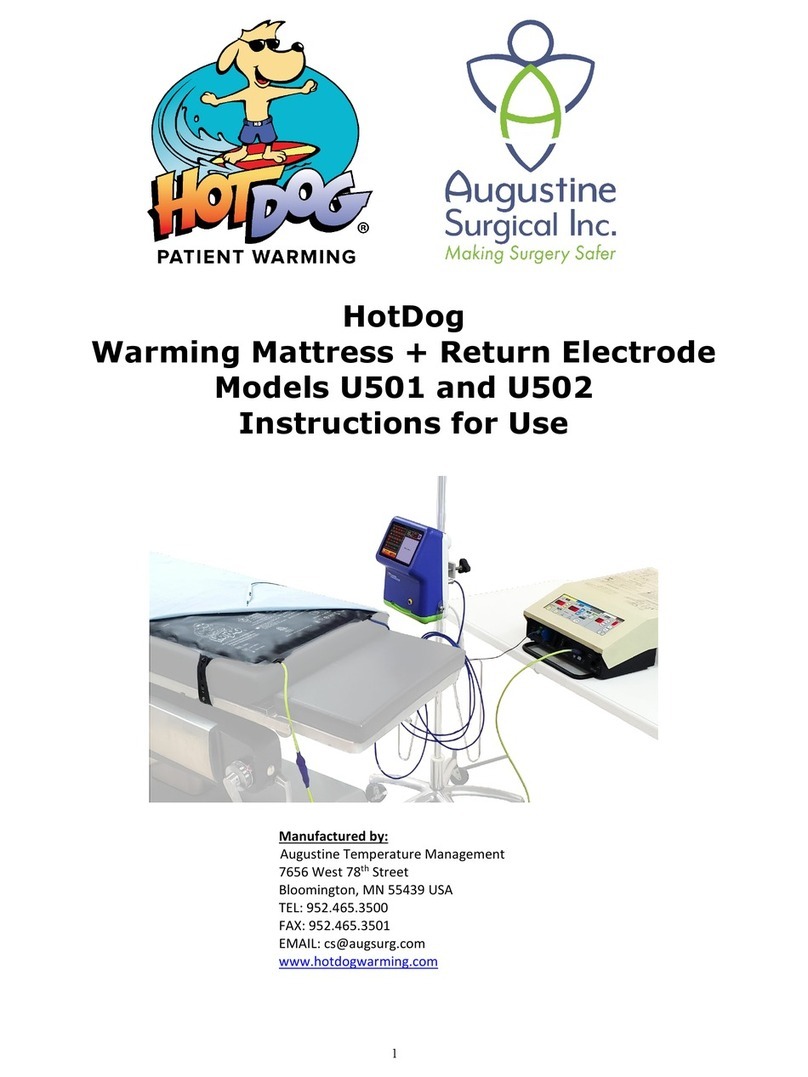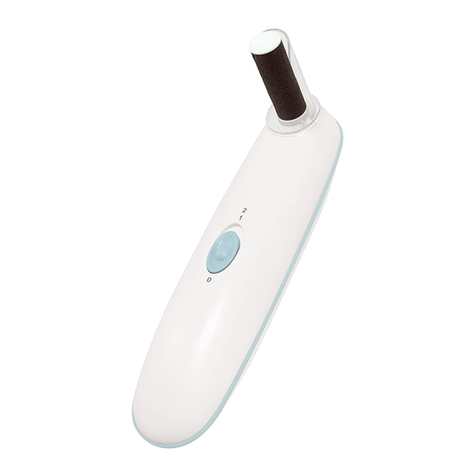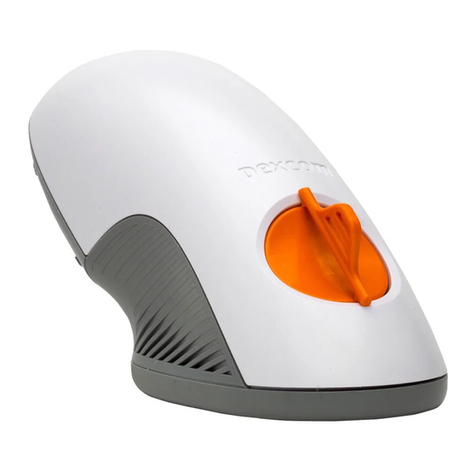SOMNOmedics SOMNOtouch RESP PLM User manual

1
SOMNOmedics GmbH –Am Sonnenstuhl 63 –D-97236 Randersacker
Tel. (+49) 931 / 35 90 94-0 –Fax (+49) 931 / 35 90 94-49
E-Mail info@somnomedics.de –Internet www.somnomedics.eu
SOMNOtouch™ RESP
PLM
I
NSTRUCTION MANUAL

-2-
SOMNOmedics GmbH –Am Sonnenstuhl 63-65 –D-97236 Randersacker
Tel.: (+49) 931 / 35 90 94 - 0 –Fax: (+49) 931 / 35 90 94 - 49
E-Mail: info@somnomedics.de - Internet: www.somnomedics.eu
Rev. 1
08.06.2016
All proper names marked with TM are copyright protected by
SOMNOmedics.

-3-
Contents
1Introduction .................................................................................................................... 4
2Initialisation .................................................................................................................... 4
2.1 Initialisation using SOT RESP+PLM........................................................................ 4
2.2 Initialisation using SOT RESP+PLM/Effort or SOT RESP+PLM2/Effort................... 5
3Applying the sensors...................................................................................................... 7
3.1 Applying the sensor using the 2PLM sensor (Art.No.: TOS110).............................. 7
3.2 Applying the sensors using the Effort + 1PLM Combi Sensor (Art.No.: TOS140) .... 7
3.3 Applying the sensors using the Effort + 2PLM Combi Sensor (Art.No.: TOS170) .... 8
4Analysis.......................................................................................................................... 9
4.1 Global Settings DOMINO light................................................................................. 9
4.2 LM-Analysis (LM: Leg Movement)..........................................................................10
5Report...........................................................................................................................12
6Technical Specifications................................................................................................13
7Cleaning / Desinfection..................................................................................................13

-4-
1 Introduction
The PLM-Combi-Sensor expands the possibilities of your SOMNOtouchTM RESP to record periodic leg
movements.
This instruction manual provides you with information about the application and the sensor specific
settings. Please note the main instruction manual of the SOMNOtouchTM RESP.
Please refer to the safety notes in the main manual of the SOMNOtouchTM RESP.
Device and sensors may not be used in live sustaining or life supervising
measures.
2 Initialisation
2.1 Initialisation using SOT RESP+PLM
Having entered the patient data (see chapter 6.1 of the main manual), select the tab ‘PLM’in the Easy
Start or go to the tab ‘Montage’of the advanced mode and select the montage ‘SOT RESP+PLM’.
Afterwards, please proceed with the initialisation as usual.
Figure 1. Settings of the standard montage ‘SOT RESP+PLM’.

-5-
2.2 Initialisation using SOT RESP+PLM/Effort or SOT RESP+PLM2/Effort
In the advanced mode of initialisation, you can optionally adjust further sensors for the measurement
of PLM and effort, depending on your sensor pack.
Figure 2. Adjustment of the montage - 2.
Clicking on ‘Add/Delete sensors’ opens a list of available sensors for your SOMNOtouch™ RESP
(Figure 2). The sensors PLM/Effort or PLM2/Effort can now be added to the list ‘Selected’ (Figure 3)
and incorporated into the montage (Figure 4):
The tabs for the sensors PLM/Effort or PLM2/Effort can now be selected:
or
Figure 3. Adjustment of the sensor pack.

-6-
Figure 4. Adjustment of the montage - 3.
Please proceed then with the initialisation as usual.
or:

-7-
3 Applying the sensors
Clean the places where you want to fix the PLM-electrodes with alcohol-pads.
3.1 Applying the sensor using the 2PLM sensor (Item No.: TOS110)
Connect two and three PLM-electrodes (e.g. SEN012), respectively, to the PLM-sensors. Apply the
sensors with the electrodes on the Musculus Tibialis Anterior of each leg at 50% of the height between
knee and ankle as shown in the figure below. Fix the cables with adhesive tape as strain relief to
ensure stable recordings (Figure 5). Plug in the cable into one of the AUX sockets of the
SOMNOtouch™ RESP. Due to the automatic recognition of the sensor-ID you can plug the PLM-
sensor arbitrarily in one of the two sockets (figure 5, right side). The second, free AUX socket may be
used for optional sensor applications.
Figure 5. Applying the 2PLM sensors and connecting them to the SOT RESP.
3.2 Applying the sensors using the Effort + 1PLM Combi Sensor (Item No.:
TOS140)
Connect three PLM-electrodes (e.g. SEN012) to the PLM-sensor.
Apply the single sensor with the electrodes on the Musculus Tibialis
Anterior of the respective leg at 50% of the height between knee and
ankle (figure 6). Fix the cable with adhesive tape for strain relief to
ensure stable recordings (figure 5). Let the patient put on a t-shirt and
connect the effort belt over the t-shirt. Plug the cable of the PLM
sensor in the AUX socket of the effort belt. Now, plug the cable of the
effort belt in one of the AUX sockets of the SOMNOtouch™ RESP.
Due to the automatic recognition of the sensor-ID you can plug the
PLM-sensor arbitrarily in one of the two sockets (figure 5, right side).
The second, free AUX socket may be used for optional sensor
applications.
Figure 6. Applying the PLM and effort sensor.

-8-
3.3 Applying the sensors using the Effort + 2PLM Combi Sensor (Item No.:
TOS170)
Connect two and three PLM-electrodes (e.g. SEN012), respectively,
to the PLM-sensors. Apply the sensors with the electrodes on the
Musculus Tibialis Anterior of each leg at 50% of the height between
knee and ankle as shown in the figure below. Fix the cables with
adhesive tape for strain relief to ensure stable recordings (Figure 5).
Plug the cable of the PLM sensors in the AUX socket of the effort
belt. Now, plug the cable of the effort belt in one of the AUX sockets
of the SOMNOtouch™ RESP. Due to the automatic recognition of
the sensor-ID you can plug the PLM-sensor arbitrarily in one of the
two sockets (figure 5, right side). The second, free AUX socket may
be used for optional sensor applications.
Figure 7. Applying the Effort + 2PLM Combi Sensor.

-9-
4 Analysis
4.1 Global Settings DOMINO light
In all analysis settings you can change the settings of the parameters for the analysis, the colour
display of the analysis curves and the colour classification of the events (click at the colour field; red
frames in the figures). The analysis source is shown down right (blue frames in the figures).
Select the analysis template ‘Respiratory’:
Figure 8. Global Preferences - analysis settings.

-10-
4.2 LM-Analysis (LM: Leg Movement)
The LM Analysis detects periodic leg movements during sleep and restless legs during daytime.
Periodic leg movements can be the reason for disturbed sleep and require further diagnosis. This
motor analysis can provide the diagnosis of Restless Legs together with clinical symptoms.
Figure 9. LM analysis settings.
1) Analysis Window [s]
Time period used by the analysis to determine the baseline.
2) Ratio Mag. [%]
This parameter is not used for the SOMNOtouch PLM analysis with the PLM Combi sensor.
3) Ratio PLM [%]
This ratio refers to the percentage change in relation to the baseline. All values above this ratio will be
detected as a Leg Movement.
4) Min. Duration [ms]
Minimum duration of a Leg Movement event.
5) Max. Duration [ms]
Maximum duration of a Leg Movement event.
6) Connection time [ms]
Two PLM events during a short interval will be marked as one if they are chronologically separated by
a value smaller than the given connection time.
7) Min. Signal
The mean activity is calculated during a detected LM. If this value equals or exceeds the value ‘Min.
Signal’,a LM will be scored.
8) Compensation Act. [%]
This parameter is not used for the SOMNOtouch PLM analysis with the PLM Combi sensor.
9) Synchronisation [ms]
Maximum chronological separation of events in both Leg Movement channels (PLM l, PLM r) for a
simultaneous movement to be detected.
10) Min. Distance [s]
Minimum chronological separation of two Leg Movements for a PLM event to be detected.

-11-
11) Max. Distance [s]
Maximum chronological separation of two Leg Movements for a PLM event to be detected.
12) Min. Number
Minimum number of successive Leg Movements for a PLM event to be detected.
13) Flow correlation [s]
Defines the time frame for the correlation of a LM event with a flow event.
14) Body position Correlation [s]
The correlation between a LM event and a Body Position Change can be scored. The delay between
the 2 events can be set here. It will indicate the maximum time interval between the LM event and the
correlating Body Position Change.
15) separated analysis for PLM l/r
Activation of this checkbox enables you to analyse PLMs separately for the right and left leg. You will
get an additional analysis channel where the events for left and right leg can be displayed and edited
separately.
Figure 10. PLM events.

-12-
5 Report
Select the following report sections:
Figure 11. PLM report adjustments.
Click ‘Preview’to display the report.
Note: Only events during TIB are considered in the report.
Figure 12. PLM Report.
Definitions:
Total LMs (Index)
Total number of Leg Movements during TIB.
Isolated-LMs (Index)
Leg Movements during TIB which do not meet the PLM criteria
(Index: per hour of sleep).
PLMs (Index)
Leg Movements during TIB which meet the PLM criteria.
Resp-LMs (Index)
Leg Movements caused by Respiratory Events during TIB.
Body Position-LMs (Index)
Leg Movements caused by changes of the Body Position during TIB.

-13-
Figure 13. PLM distribution Report.
PLM distribution (bar graph):
The index for the PLM distribution is shown per hour of sleep (red bars) and per hour of waking (blue
bars). The distribution indicates whether the RLS (Restless-Legs-Syndrome) disease is of Type 1
(PLM’s occur mainly in the first third of sleep) or Type 2 (PLM’s occur mainly in the last third of
sleep). Utilising this information allows for the selection of adequate drugs with appropriate effects in
the treatment of the disease.
6 Technical Specifications
Name
Measuring range
Frequency range
EMG
±1.2mV ± 5%
1-100 Hz ± 20%
7 Cleaning / Disinfection
Clean the sensors according to the directions of the SOMNOtouch™RESP main manual.
Table of contents
